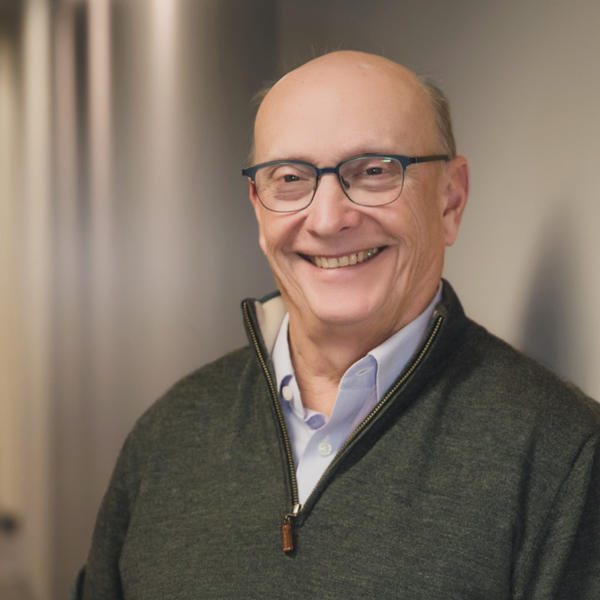Help Your Consultants Help You: Green
Steve Gross is a Senior Energy Analyst and Mechanical Engineer with Interface Engineering, a Bay Area progressive mechanical and electrical consultancy, focusing on innovative engineering solutions for high-performance projects.
Delivering a truly high-performance building is an immense challenge that requires a concerted, impassioned effort from all the project’s stake holders. But there are a few habits that the architect can employ to help the team of consultants to achieve success. The most important is COMMUNICATION. Projects rarely, if ever, achieve high performance by accident. It takes a vocal leader to continually remind the team of what we are all striving for. Push your consultants to think along the lines of sustainability at every stage of the project. Over time, you’ll notice that your team will start to operate this way without being asked to. I truly love those moments when someone from the structural team or the civil team comes up with a great sustainability idea that would have never come to light under a “typical” team structure.
Be an ADVOCATE for analysis. You can set the tone for the project by talking to the owner about the benefits of early-stage analysis and analytical decision-making whenever possible. Help the owner and other members of the design team understand the value of energy analysis and how it can be used to inform the design of the building. We all know it’s much easier (and less costly) to modify the design at early stages rather than during the Design Development and Construction Documents phases.
Increase your LITERACY of energy and financial analyses so that you can participate directly in the analysis process. Depending on the project’s goals, you may seek to reduce first cost, annual energy cost, carbon footprint, or lifecycle cost. Each goal requires a different analytical approach and likely requires different design strategies. It will be your direction, as the leader of the consultant team, that will ultimately steer the team towards accomplishing one of these goals.
A final habit is to employ PASSIVE design strategies wherever possible, and push your consultants to do the same. This can be challenging, especially if there is a perception that passive strategies do not perform as well. For example, do corridors and other transitional space really need to be heated and cooled to the same setpoints as the other regularly occupied spaces? Most mechanical engineers will simply assume that these spaces should be conditioned in the same way, unless they are told otherwise. The team will take comfort in knowing that you believe in this design approach and have helped the owner understand the implications of passive strategies.


